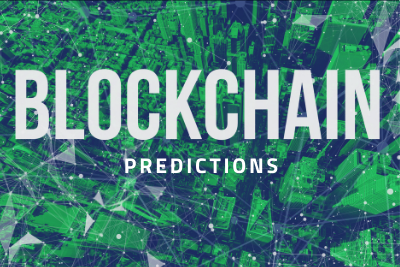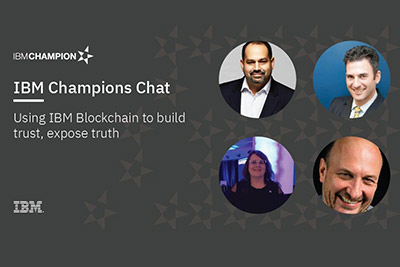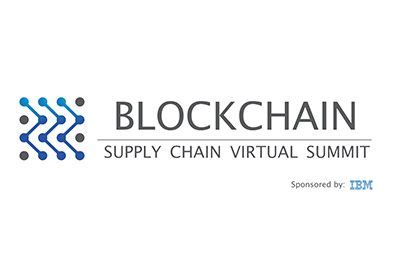During World War II, a rubber shortage forced the US government to ask scientists to come up with some alternatives using synthetic rubber compounds. An unexpected result changed the world forever…. we were introduced to Silly Putty! It was also around this time that an engineer noticed the way a burr was sticking to his dog’s fur. This led to the invention of Velcro. Who can forget Will Keith Kellogg accidently letting his wheat get too stale, cooking it anyway, and creating what we know as Corn Flakes?
The point of these tales is to demonstrate that innovation often comes from the places that we least expect. Technology is certainly not immune to these types of discoveries. Often, it’s not a completely new discovery, but one that improves on an existing technology. For instance, the concepts behind television or the telephone haven’t changed much, but the delivery of these mediums has transformed by leaps and bounds compared to what they were originally thought to be able to do. Certainly, Philo Farnsworth or Alexander Graham Bell could not have imagined what a new iPhone would do with their initial ideas. These stages of growth and change happen every day all around us.
Sometimes the brightest of lights emerge from the darkest of areas. Let’s look no further than the advancements to websites on the internet. There is no debate that there is a glutton of websites that some would consider…. nefarious? Putting aside any personal feelings about whether the content on these websites is appropriate or acceptable, it’s not difficult to argue that these types of websites have advanced web technology immensely. Streaming video, searchable databases, credit card verification, and even advanced video technology such as Flash were created (or at least improved upon) often with these websites in mind. These technological advances may have been developed for uses in areas that people may not want to discuss in a public or professional forum, but, they have long left their shady histories in the past and have become common, even imperative, in everyday life. Their questionable origins are a complete afterthought, as now streaming video and credit card verification are the standard as opposed to something that is secretly hidden away.
So, how does all of this relate to blockchain? The continuing expanse of the internet brings great discovery, as well as, limitless potential threats. Identity theft, which quickly leads to financial theft, is incredibly common. This doesn’t even begin to address how transferring money online made life easier for those looking to launder money, sell drugs, or create some sort of a Ponzi scheme. Out of the ashes comes blockchain.
As discussed last week, blockchain is a secure digital ledger that tracks all transactions and, by nature, creates multiple dynamic levels of security. This has come to the forefront to protect against the above-mentioned wrongdoings. Bitcoin and similar cryptocurrencies are still viewed by many with a skeptical glare, yet these cryptocurrencies expose much of the illegal behavior and, in turn, spurred the growth of blockchain. Technologists are just scratching the surface on where blockchain can be used; however, because of concerns or threats with cryptocurrencies, blockchain is getting stronger, gaining momentum, and being applied in areas never thought of in the past. Negative facets in life are continuing to produce positive combatants and blockchain can lead that fight.
Don’t be afraid to look at a negative, a failure, or a concern and see that something great can be developed or gained from it. Remember, yesterday it was Silly Putty. Today it is blockchain, who knows what tomorrow’s mistakes or accidents will produce?









